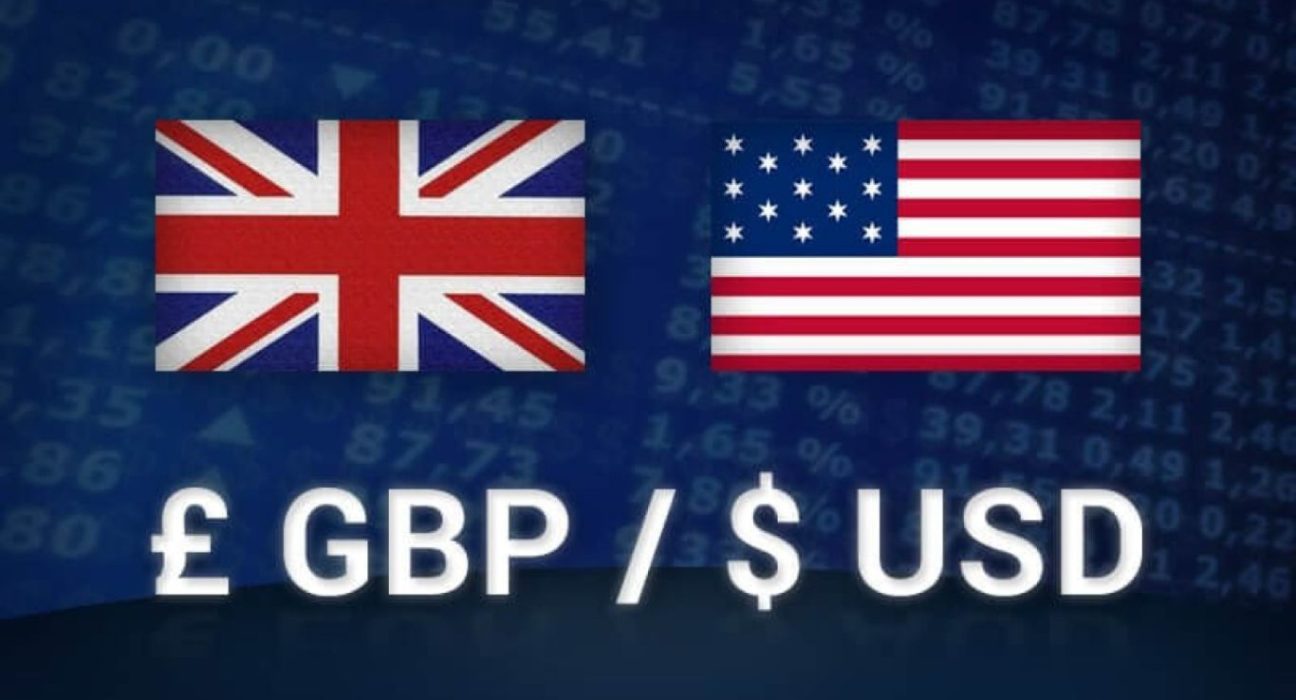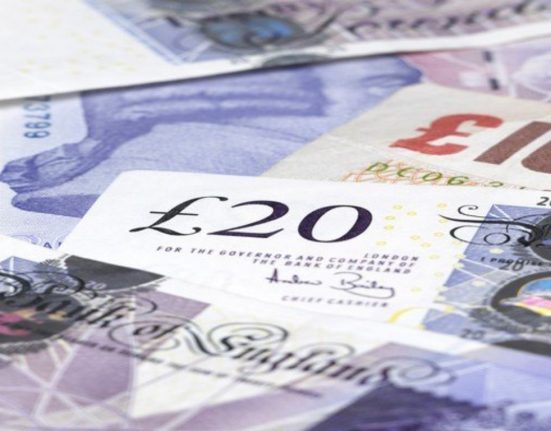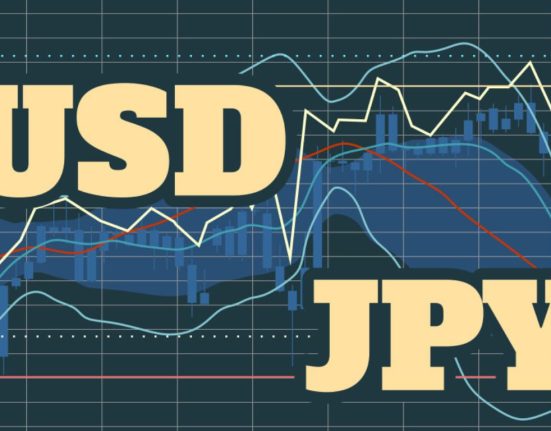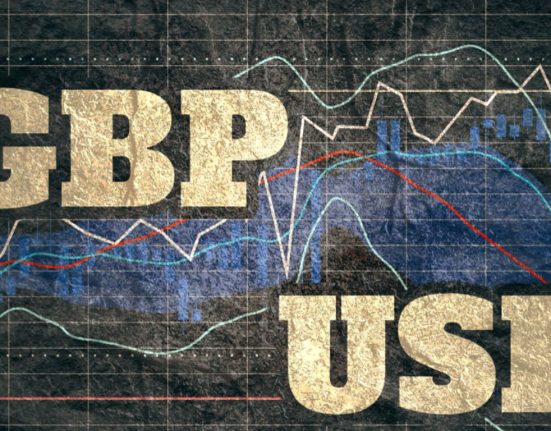The currency market experienced significant volatility during the Asian trading session overnight, with the British pound dropping to $1.233 against the US dollar. This marked the lowest level for the sterling since April 3, signaling a potential shift in the currency’s performance. The sudden drop raised concerns among investors and traders alike, as they sought to understand the factors contributing to this decline.
Sterling Recovers Some Ground
Despite the initial plunge, the British pound managed to recover some ground in subsequent trading sessions. At present, it is up 0.13% at $1.238, marking a slight rebound after experiencing a 0.4% fall on Wednesday. This recovery indicates a degree of stability returning to the currency market, but the overall situation remains precarious. To gain a deeper understanding of this fluctuation, it is essential to examine the potential factors influencing the sterling’s recent performance.
Factors Behind Sterling’s Volatility
Several factors can contribute to the volatility observed in the British pound’s value against the US dollar. One key factor is the ongoing uncertainty surrounding Brexit. The UK’s withdrawal from the European Union has had a significant impact on the pound’s performance since the referendum in 2016. As negotiations and discussions continue regarding the future relationship between the UK and the EU, the pound remains vulnerable to market sentiment and speculations about the outcome.
Another influential factor is the state of the global economy, particularly the economic indicators from both the UK and the US. Any news or developments related to economic growth, inflation, interest rates, or geopolitical events can have a direct impact on the currency market. For example, if economic data suggests a stronger US economy compared to the UK, investors may shift their focus towards the US dollar, causing the pound to weaken.
Moreover, market sentiment and investor confidence play a crucial role in currency fluctuations. Uncertainty surrounding global events, such as political tensions, trade disputes, or natural disasters, can create an environment of risk aversion. In times of uncertainty, investors often seek safer assets, such as the US dollar, leading to a decline in demand for the British pound and subsequent depreciation.
Implications for the Currency Market
The recent volatility in the British pound has significant implications for the currency market. Traders and investors closely monitor currency fluctuations, as they can present both risks and opportunities. A depreciating pound may benefit exporters, as their goods become more competitive in international markets. However, it can also increase the cost of imports, potentially leading to higher prices for consumers.
Furthermore, currency volatility affects international investors and businesses engaged in cross-border transactions. Fluctuations in exchange rates introduce an additional layer of uncertainty when planning investments, budgeting, or pricing products and services. This can have an impact on profitability and the overall competitiveness of businesses operating in the UK.
The sterling’s performance also influences the tourism industry. A weaker pound may attract more tourists to the UK, as their currency can buy more British pounds. Conversely, British travelers may face higher costs when exchanging their currency for foreign trips. Such effects can have implications for the broader economy, including the hospitality sector, retail, and transportation.
Future Outlook and Considerations
As the British pound experiences fluctuations in the currency market, it is essential to consider potential future developments that may impact its value. Brexit negotiations and the subsequent trade agreements will continue to be critical factors influencing the sterling’s performance. Any progress or setbacks in these discussions can create volatility, with investors reacting accordingly.
Additionally, central bank policies and interest rate decisions have a significant impact on currency values. The Bank of England’s actions, such as adjusting interest rates or implementing quantitative easing measures, can influence the pound’s strength. Moreover, the US Federal Reserve’s policies and the strength of the US economy also play a crucial role in determining the pound-to-dollar exchange rate.
Market participants should remain vigilant and stay informed about economic indicators, political developments, and global events that may affect currency markets. Diversification strategies and risk management practices can help mitigate potential losses during times of increased volatility.
In conclusion, the British pound recently experienced a sharp decline to its lowest level since April, only to recover some ground in subsequent trading sessions. The volatility observed in the currency market stems from various factors, including Brexit uncertainty, global economic conditions, and investor sentiment. This fluctuation has implications for exporters, importers, international investors, and the tourism industry. Understanding these factors and staying informed about future developments is crucial for individuals and businesses involved in currency trading or those impacted by exchange rate movements.





